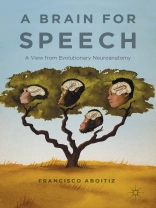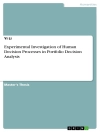This book discusses evolution of the human brain, the origin of speech and language. It covers past and present perspectives on the contentious issue of the acquisition of the language capacity. Divided into two parts, this insightful work covers several characteristics of the human brain including the language-specific network, the size of the human brain, its lateralization of functions and interhemispheric integration, in particular the phonological loop. Aboitiz argues that it is the phonological loop that allowed us to increase our vocal memory capacity and to generate a shared semantic space that gave rise to modern language. The second part examines the neuroanatomy of the monkey brain, vocal learning birds like parrots, emergent evidence of vocal learning capacities in mammals, mirror neurons, and the ecological and social context in which speech evolved in our early ancestors. This book’s interdisciplinary topic will appeal to scholars of psychology, neuroscience, linguistics, biology and history.
Содержание
Introduction: The beginning of words.- 1. Pandora’s box.- 2. A matter of size.- 3. Broken symmetry.- 4. Bridging hemispheres.- 5. A loop for speech.- 6. Monkey brain, human brain.- 7. Grasping mirrors.- 8. Of birds and men.- 9. Talking heads.- 10. Taming ourselves.- Epilogue.
Об авторе
Francisco Aboitiz is Professor of the Psychiatry Department at the Medical School, and Director of the Interdisciplinary Neuroscience Center at the Pontificia Universidad Católica de Chile. He has published more than 100 scientific papers on evolution, neuroscience and neuropsychiatry.












